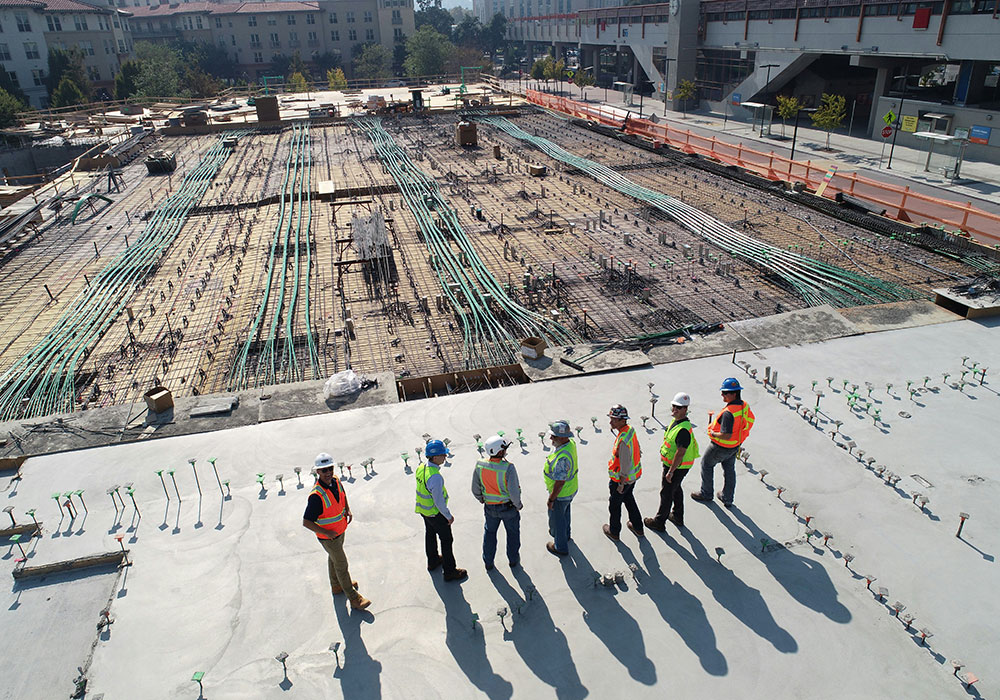ENTERPRISE & DATA ARCHITECTURE
Enhance trust in your applications and data by maintaining up-to-date design plans for how your organisation stores, manages, integrates, and utilises data to meet its goals.
Taking out the complexity
Imagine a bustling metropolis
-
Enterprise Architecture (EA) is the city’s master plan (i.e. your technology landscape). It outlines the overall structure, zoning, infrastructure, and transportation systems (i.e as it is functioning currently). It’s the blueprint for how the city will grow and function as a whole (i.e. your to-be plan)
-
Data Architecture is the city’s communication and information network. It’s the system of roads, bridges, and tunnels that connect different parts of the city (i.e. solutions) and facilitate the flow of people, goods, and information (i.e. data). It ensures that data can be accessed, shared, and used efficiently throughout the metropolis.
The Problem
We could save a high % on IT by eliminating unnecessary systems we can’t currently identify.
A communication gap exists between IT teams and stakeholders, hindering value demonstration for investments.
A significant % of our technology landscape is disconnected, making it hard to adapt to market changes.
Poor visibility into data flows slows our cybersecurity efforts and makes us hesitant to change.
How we help

Blue Bike Outcomes
Improved decision-making
By having a clear understanding of the organization’s technology landscape, leaders can make more informed decisions about technology investments.
Increased efficiency
EA can help identify and eliminate IT infrastructure redundancies, leading to improved efficiency and cost savings.
Enhanced agility
A well-defined EA can make it easier for the organization to adapt to changing business needs and technological advancements.
Reduced risk
By identifying potential risks and vulnerabilities in the IT infrastructure, EA can help mitigate those risks.
Case studies









